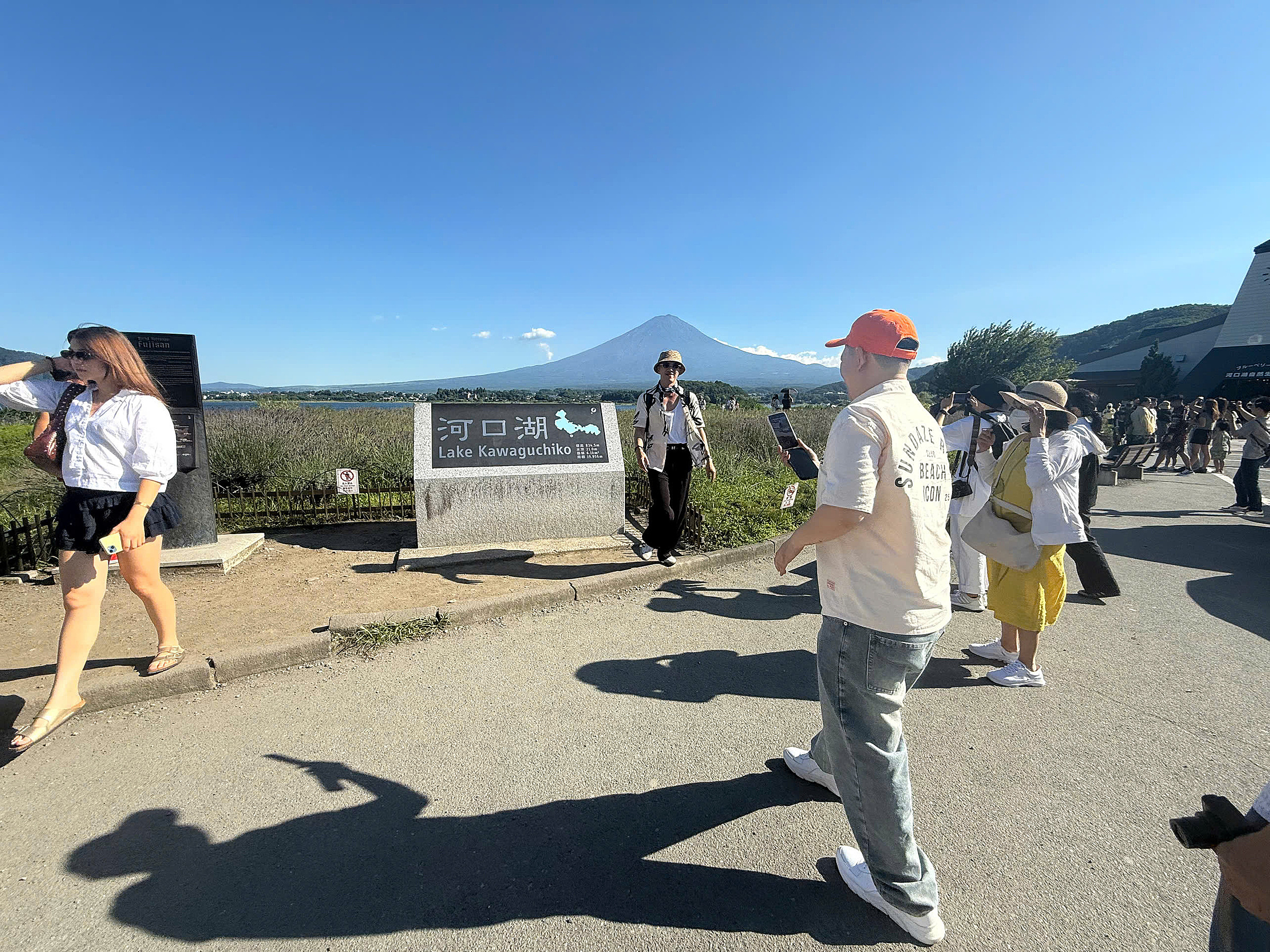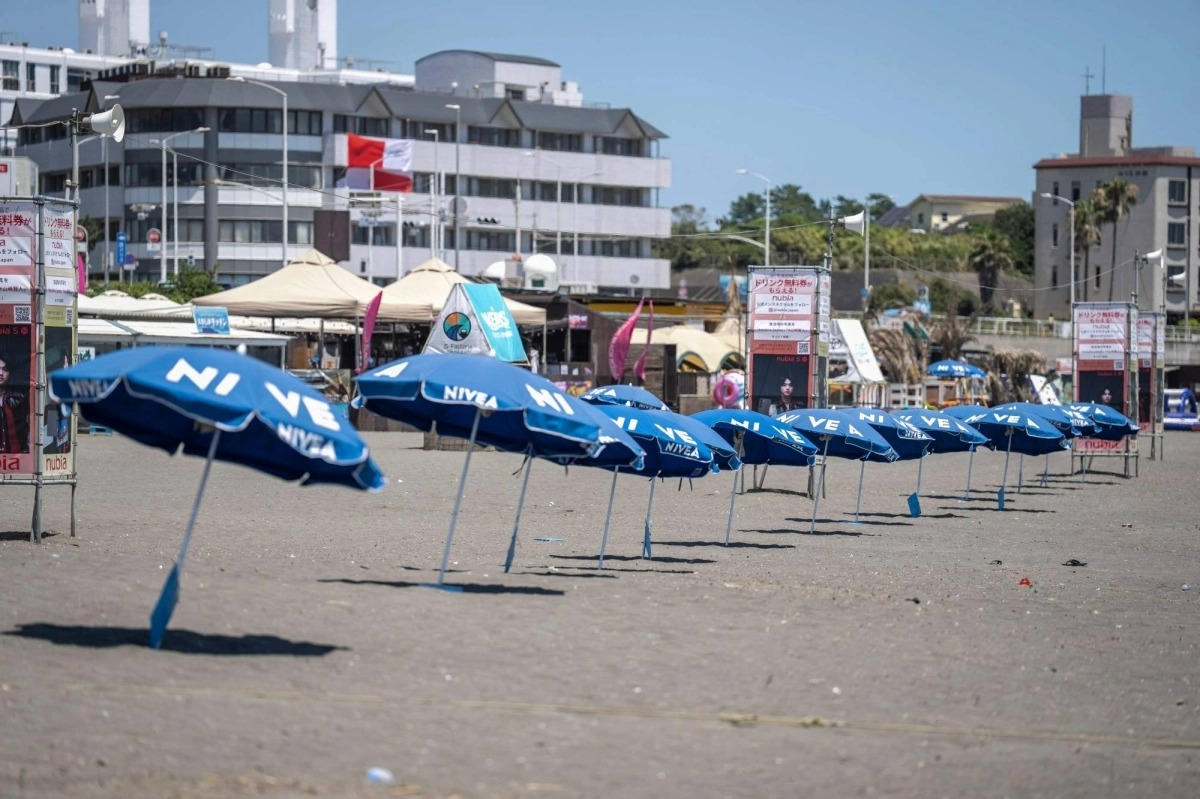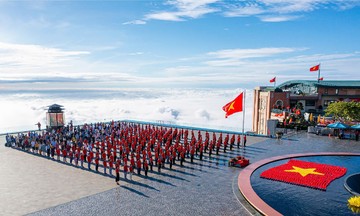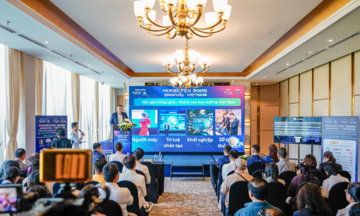Minh An, a tourist from Hanoi, with a "golden route" tour (Tokyo - Kyoto - Osaka) scheduled for 8/8, repeatedly called the travel agency since morning to inquire about the safety of the trip. The agency reassured her that the tourist destinations on the "golden route" are located far from the area at risk of a tsunami, and the departure schedule is expected to proceed as planned. Although relieved, she remains apprehensive about potential aftershocks or other consequences like earthquakes.
Tuan Linh from Da Nang, scheduled to depart for Hokkaido on 10/8, was also reassured by his travel agency, which promised to postpone his tour if a natural disaster occurs. "Travel can wait, safety comes first," he said.
The United States Geological Survey (USGS) reported that the earthquake occurred at 11:24 local time (6:24 Hanoi time) with an epicenter 19 km below the seabed, about 136 km east of Petropavlovsk on the Kamchatka Peninsula in Russia's Far East. Earlier that day, Japanese media reported that the first tsunami waves had reached Hokkaido island in northern Japan. Residents in several areas of Japan and workers at the Fukushima nuclear power plant were evacuated following the tsunami warning.
Many travel agencies reported a surge in inquiries from tourists booked on Japan tours since the afternoon of 30/7, expressing concerns about the tsunami and a desire to postpone their trips for safety reasons. Most Vietnamese tourists to Japan follow the "golden route," which is located far from Hokkaido, so tours currently in Japan remain unaffected.
Ha Tran Tuan An, a tour guide, said his group arrived in Tokyo on the morning of 30/7. Life in Tokyo continues as normal, with fine weather and no signs of impact from the tsunami. They visited the Tokyo Tower and Mount Fuji that day, and the rest of the itinerary is expected to remain unchanged. He said that while some tourists in the group expressed concerns, they were all happy to continue the journey after being reassured.
"Incidents like earthquakes can still happen in Japan, so it's not an uncontrollable situation," he said.
 |
A group of Vietnamese tourists take photos at the foot of Mount Fuji on 30/7. Photo: Ha Tran Tuan An
CEO Nhu Thi Ngan of Hanoi Tourism said that an emergency meeting was held with airline and land tour partners in Japan regarding a tour to Hokkaido scheduled for mid-August. "Our priority is safety before departure," Ngan said, adding that the company is prepared to postpone tours for customers.
She added that several tourists on the tour had contacted the company with inquiries. A meeting with the tour group will be held on 6/8 to announce whether the trip will proceed.
Pham Thi Huyen, deputy general director of MayTrip, recounted how their tour group was also affected by an earthquake in Ishikawa during the 2023 New Year holiday, which caused minor flooding in the hotel. However, all tourists were safe. Therefore, Huyen is not overly concerned about the current situation and advises tourists to remain calm and await announcements from their travel agencies.
For customers traveling the "golden route," unaffected by the tsunami but still wishing to postpone their trips due to concerns, the MayTrip representative said they would try to accommodate requests if flight and service arrangements in Japan allow for flexibility.
 |
An empty beach in Fujisawa after the tsunami warning. Photo: AFP
Pham Anh Vu, deputy general director of Du Lich Viet, said partners in Tokyo, Kyoto, and Osaka confirmed there is no immediate cause for concern. However, tourist areas from Hokkaido to Wakayama are at high risk, and tourists are advised to avoid traveling there for the time being.
Meanwhile, a representative from BenThanh Tourist stated that terms regarding force majeure and policies for changing, postponing, or canceling tours are clearly stipulated in the contract. If a "force majeure" situation arises that directly impacts the itinerary, the company will handle it according to regulations, including assisting with postponements, rescheduling, or offering suitable alternative arrangements.
According to the Japan Times, tsunami waves ranging from 10 cm to 60 cm were observed along Japan's Pacific coast from Hokkaido to Okinawa, with warnings of potentially larger waves arriving later due to the unpredictable nature of tsunamis. The evacuation order affected 1.9 million coastal residents and facilities such as the Fukushima No. 1 nuclear power plant.
Japan implemented evacuation measures in coastal cities like Urakawa and Wakayama, ordering residents to move to higher ground. By afternoon, the largest waves in Japan reached 1.3 m in Kuji, Iwate Prefecture, with one reported fatality and minimal damage.
Tu Nguyen












